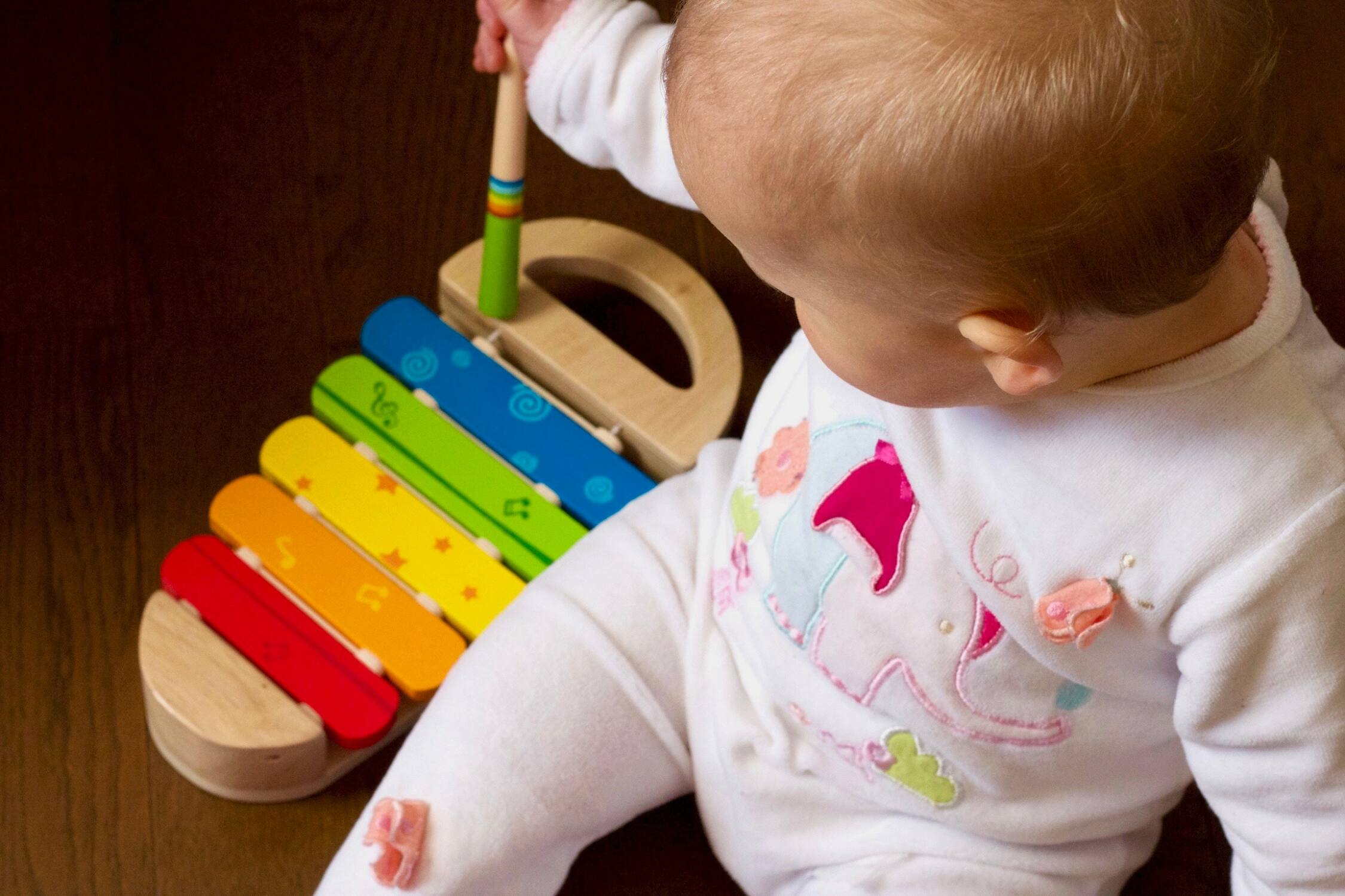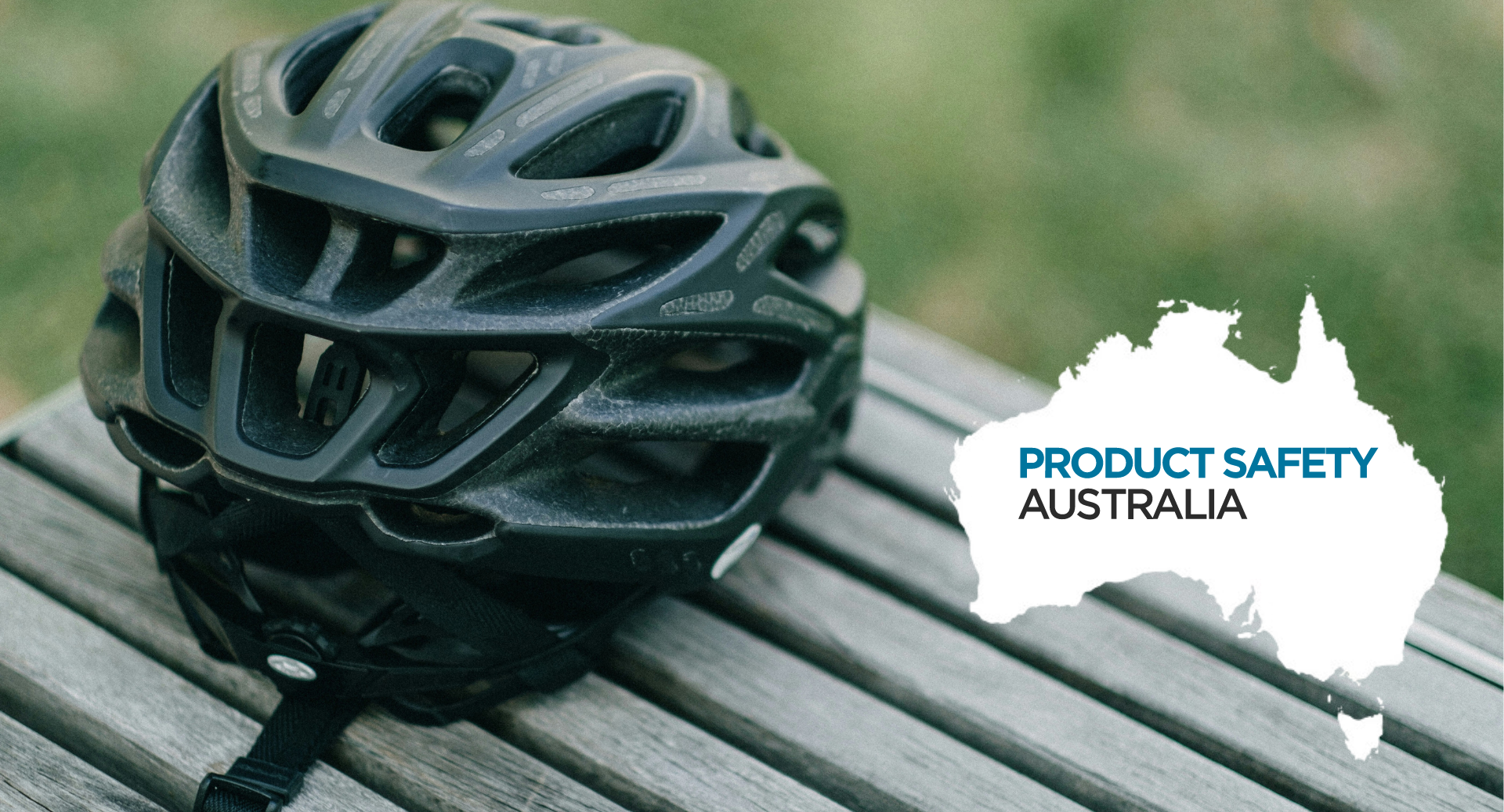
The safety and well-being of infants is of the utmost importance to parents and caregivers. As infants explore and interact with the world around them, it becomes crucial to ensure that the products designed for their use meet the highest safety standards. Safety testing for infant products is a comprehensive process that involves evaluating various items, including toys, clothing, and feeding products. In this article, we will delve into the significance of safety testing for infant products, with a focus on different categories like toy testing, clothing testing, and feeding products.
Contact us today to learn more.
Toy Testing for Infants
Toys play a vital role in an infant’s development, providing sensory stimulation and fostering cognitive and motor skills. However, the safety of these playthings is paramount. Various regulatory bodies and standards organizations have established guidelines to ensure the safety of infant toys, emphasizing factors such as material safety, small parts testing, and choking hazards.
- Material Safety: The materials used in infant toys must meet stringent safety standards. Commonly used materials include BPA-free plastics, non-toxic paints, and phthalate-free components. Rigorous testing is conducted to ensure that these materials do not pose any health risks to infants who may chew or mouth the toys.
- Small Parts Testing: Infants have a natural tendency to explore objects with their mouths, making small parts a potential choking hazard. Regulatory bodies mandate testing to identify and eliminate any small parts that could be detached from the toy, posing a risk to the child.
- Choking Hazards: Beyond small parts, the overall design of the toy is evaluated to minimize choking hazards. Rounded edges, secure fastenings, and appropriate sizing are critical aspects of this evaluation.
In the US, infant toys are subject to regulations necessary to obtain a Children’s Product Certificate, as they fall under products intended for use by consumers under 12.
Clothing Testing for Infants
Infant clothing is another category where safety testing is of utmost importance. The skin of infants is sensitive, and their inability to communicate discomfort makes it essential to ensure that clothing items do not pose any risks.
- Fabric Safety: The fabrics used in infant clothing must be free from harmful chemicals and dyes that could cause skin irritation or allergic reactions. Testing involves assessing the fabric for colorfastness, pH levels, and the presence of substances that may be harmful to infants.
- Choking and Strangulation Hazards: Clothing with small buttons, loose threads, or detachable accessories can pose choking hazards. Additionally, items like drawstrings and cords can pose a strangulation risk. Testing protocols aim to identify and mitigate these potential dangers.
- Flame Resistance: Many countries have regulations requiring infant clothing to meet specific flame resistance standards. This is particularly important in sleepwear, where the risk of accidental exposure to flames is higher. Testing involves subjecting the clothing to flame resistance tests to ensure it meets the prescribed safety standards.
Feeding Products Safety Testing
Feeding products, including bottles, pacifiers, and utensils, are integral to an infant’s daily routine. Ensuring the safety of these products is important for children’s well-being and the peace of mind of parents.
- Material Safety: Just like with toys, the materials used in feeding products must meet strict safety standards. This includes assessing the composition of bottles, pacifiers, and utensils to ensure they are free from harmful substances such as BPA and phthalates.
- Choking Hazards: Feeding products are scrutinized for potential choking hazards, especially in the case of pacifiers and bottle nipples. The size and design of these components are carefully evaluated to minimize the risk of choking.
- Functionality and Durability: Feeding products must not only be safe but also functional and durable. Testing involves assessing the performance of bottle nipples, the functionality of pacifiers, and the durability of utensils to ensure they withstand regular use without posing any risks to the infant.
Regulatory Standards and Compliance
Safety testing for infant products is guided by a myriad of regulatory standards set by organizations such as the Consumer Product Safety Commission (CPSC) in the United States, the European Union’s CE marking, and the International Organization for Standardization (ISO). Manufacturers must comply with these standards to ensure that their products are safe for infant use.
About ACT-LAB
ACT-LAB is an ISO/IEC 17025 accredited laboratory that conducts consumer product safety and compliance testing for an active world. We can help ensure that your products both meet industry standards and are inspected to ensure the utmost quality.
To learn more about our tests contact us today.
Read more about our accreditations here.
 ISO/IEC 17025 Accredited Independent Testing Laboratory
ISO/IEC 17025 Accredited Independent Testing Laboratory









